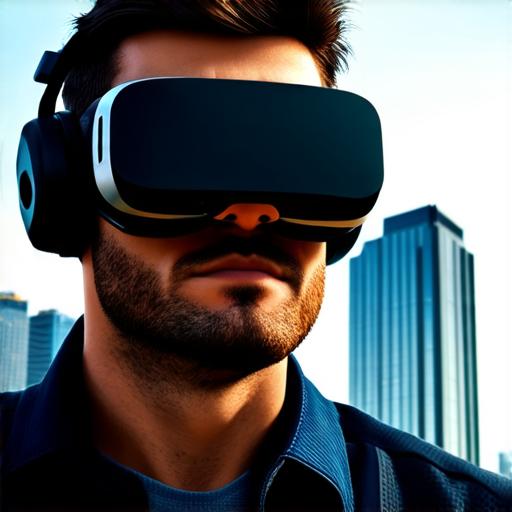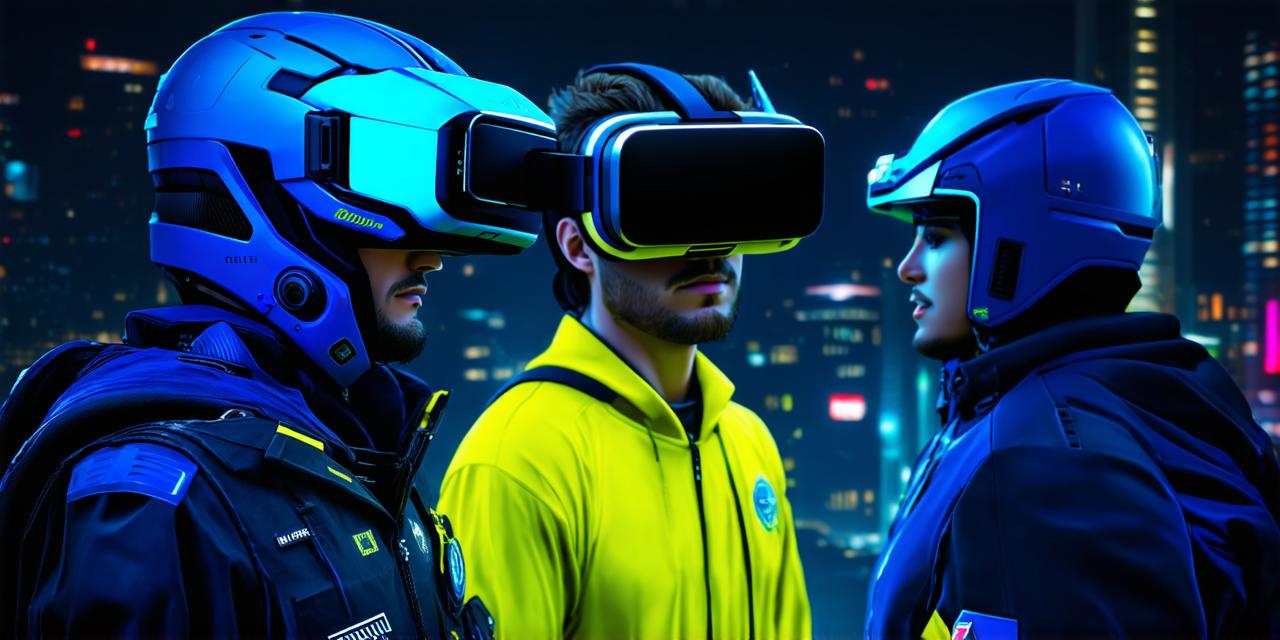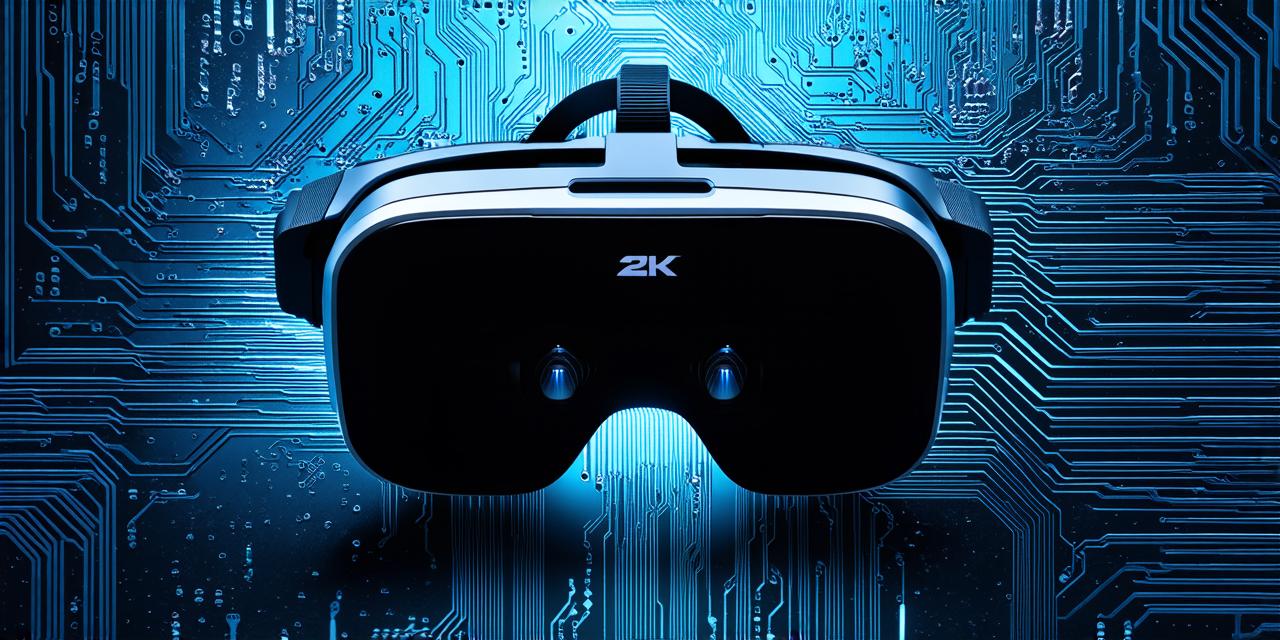Virtual reality (VR) technology has been advancing rapidly in recent years, and many people are excited about the potential it holds for gaming, entertainment, education, and more. However, like any new technology, virtual reality also has its drawbacks that need to be considered before fully embracing it. In this article, we’ll take a closer look at some of the most significant disadvantages of VR.
1. Motion sickness
One of the most common complaints about virtual reality is motion sickness. This happens when there is a conflict between what the user sees and hears in real life versus what they’re experiencing in VR. For example, if you’re in a VR environment where everything is static but you feel like you’re moving around, this can lead to feelings of disorientation and nausea.
2. Eye strain
Virtual reality requires users to wear headsets for extended periods, which can cause eye strain. The high-resolution displays in VR headsets are often bright and glaring, leading to eye fatigue and discomfort. Additionally, the limited field of view can cause eye strain as well.
3. Isolation
Virtual reality technology can be isolating because it requires users to wear a headset, which blocks out the real world around them. This can make it difficult for people to communicate with others or interact with their environment in meaningful ways.
4. High cost
Virtual reality technology is still relatively new and expensive, with high-end VR systems costing thousands of dollars. While prices may come down in the future, this can limit accessibility for many people.
5. Limited realism
Despite advances in technology, virtual reality still cannot replicate the real world perfectly. There are limits to what can be experienced in VR, and sometimes the technology falls short of delivering a truly immersive experience.

In conclusion, while virtual reality technology holds great promise, it is important to consider its drawbacks before fully embracing it. While motion sickness, eye strain, isolation, high cost, and limited realism are just some of the potential disadvantages of VR, they should not deter people from exploring this exciting new technology. Ultimately, it is up to individuals to weigh these factors against the potential benefits of virtual reality and decide for themselves whether it’s worth investing in.



